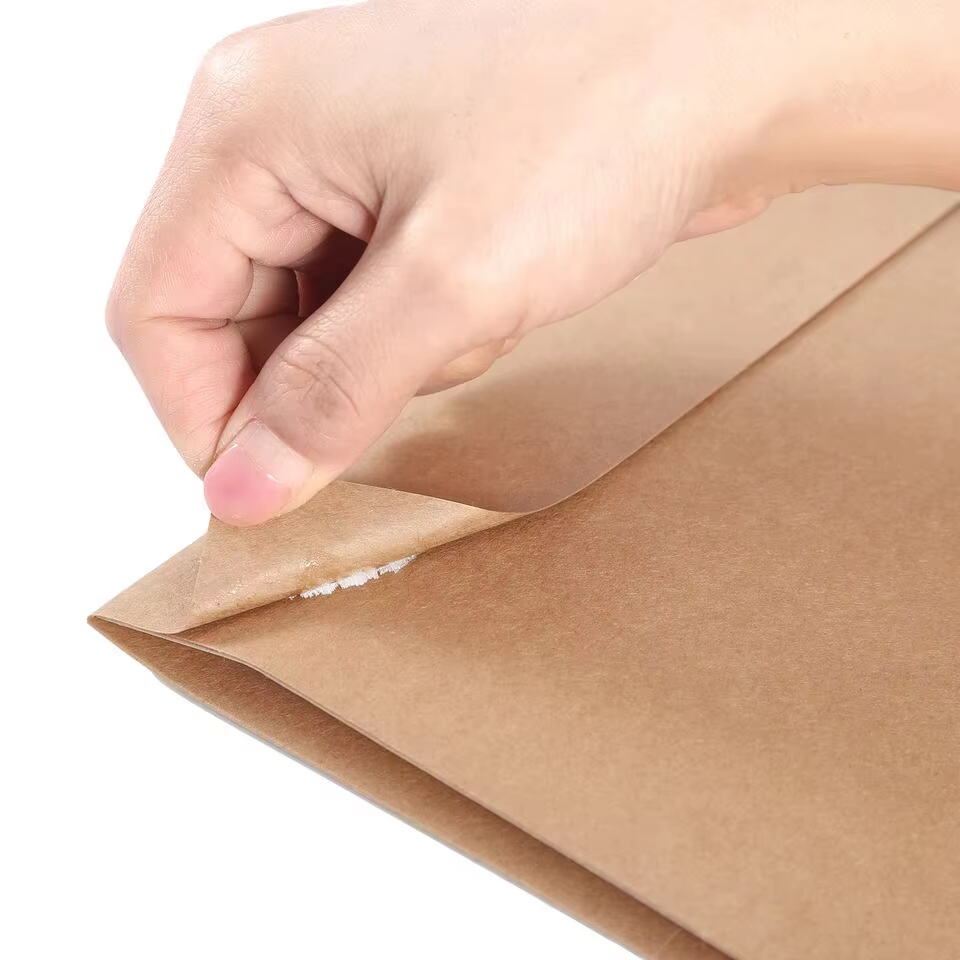RTL
Click to Enable

In hodierno celeri mundo navigationis et logisticae, moderatio documentorum idonea interest inter operationes sine difficultatibus et dilationes onerosas. Plicae continentes indicem sarcinarum sunt fundamentum documentorum ordinatarum in navigatione, teguntque scripta necessaria dum aditum facilem praebent per totam catenam distributionis. Sive rem quaeris mercatoriam in tenebris aut inspicias magnas sarcinas industriales, intellegere modum utendi his instrumentis necessariis ad successum est arduum.
Usus rationatus plicarum continentes indicem sarcinarum plus valet quam simpliciter conservare documenta – est de ratione creanda quae efficaciam auget, errores minuit, et normas professionales in operationibus maritimis servat. Examinemus strategias completas et sententias peritorum de adhibendo potentia hisce inestimabilibus auxiliis navigationis.
Basis documentationis efficientis profectio in eligendis congruis bursis ad formulam impeditam. Quaere materiales resistentes caelum quae variis conditionibus commeatus ferre possint dum documentorum integritas servatur. Praestantia colla adhaerens tutum alligamentum ad sarcinas, clarae fenestrae vero faciunt uti contenta sine apertione bursae agnosci queant.
Considera magnitudines quae adimpleant tuae consuetudines documentorum. Magnitudines communes bene pro chartis commeatus simplicibus, magniores vero formae fortasse necessariae pro missionibus transmarinis quae plures formulas custodum requirunt. Spissitudo materiae debet praebere sufficientem praesidium sine inutili crassitudine sarcinarum tuarum.
Instituendo systema constans ordinandi documenta intra plica listae impacationis operationes expediuntur et tempus manegementi minuitur. Implementa ordinem standardizatum pro collocando papyro – exempli gratia, plicas impacationis in summo, postea plicae destinationis, documenta custodialis, et quaevis praecipua inscrutiones transportandi.
Systemata coloris codicis ulterius augere ordinem possunt, cum plicis coloratis diversis typis vel destinationibus deditis. Haec ratio visibilis processum accelerat et praecipit plicas errare.

Operationes modernae transportandi emolumentum ex coniunctione plicarum traditionalium cum solutionibus digitalibus trahunt. Codices QR vel codices lineares in plicis versiones electronicas documentorum transportandi referre possunt, copias subsidias praebent et aditum celerem ad informationes transportandi per dispositiva mobilia efficiunt.
Implementa systema pistorium quod documentorum collocationem et verificationem in punctis clavis processus expeditionis custodit. Haec duplex ratio physica-digitalis documentorum fidem servat dum copiis materialibus integritas servatur.
Ad expeditiones quae plures pachoros includunt, excogita systema plicae principalis ubi pachorus primarius integram documentionem portat dum pachori secundarii notiones simpliciores utuntur. Haec ratio hierarchica ordinem servat dum superflua scripta minuuntur et periculum informationum contrariarum.
Crea clarum systema notandi ad expeditiones plures pachorum comprehendendas, indicans ordines pachorum (exempli gratia, 1 de 3, 2 de 3) et omnes adiunctas descriptiones his designationibus constanter referre curando.
Munera documentorum a damno ambientis custodi per elegendas epistolas cum convenientibus praeservativis. Options resistentes aquae damnum a humore impediunt, dum materiae resistentes UV legibilitatem documentorum in variis condicionibus servandorum conservant.
Considera adhibere praeservativa supplementaria in extremis condicionibus commeatus, ut systemata duplicis epistolae pro ulteriori protectione contra humiditatem vel marginibus refortis pro situ altioris usurae.
Institue inspectiones methodicas ad verificandam integritatem et praecisionem documentorum antequam epistolas claudas. Adhibe tabulas inspectionis ad omnia necessaria documenta inclusa esse et recte positam ad facilem aditum recipientium confirmandas.
Auctiones periodicae processus documentorum tui iuvant emendationes potestiales agnoscere et altas normas servare. Cura damni et problemata aditum documentorum custodi ut electionem et usum epistolarum perpolias.
Praebe documenta doctrinae copiosa quae tractent recte gestione et ordinatione plicarum. Addas exercitationes practicas ad novos operarios et curset frequentes ad veteres, ut teneatur ratio constans in gestionis documentorum.
Crea schemata et praecepta clara quae explicent usum plicae, collocationem documentorum et rationes custodiae. Renovationes doctrinae certant omnes qui operantur sciant praecepta optima et emendationes processuum.
Informare debebis de necessariis documentis ad vehiculos et ad loca transmarina. Cura ut tui plicae rationes omnes normas legales ad custodiam et aditum documentorum satisfaciant.
Serva commentarios de rationibus documentorum et mutationibus ut ostendas obedientiam in examinibus. Percontationes periodicae de legum variationibus adiuvant processus tuos recentes et legales esse.
Utere epistulis opacis pro documentis secretis et implementa methodum sigillorum tutam. Considera usum functionum contra manipulacionem et palam signa epistulas continentes informationes sensibilis. Tene systema rationis pro hisce documentis singularibus per totum processum expeditionis.
Pro epistulis reutilizabilibus, diligenter remove veteres titulos utens adiutoriis ad removerendum adhesivos destinatis ad materiales expeditionis. Munda superficiem accurate antequam novos titulos apponas. Considera usum materialium titulorum removibilium pro epistulis saepius reutilizatis ad hunc processum faciliorem reddendum.
Utere chartis plicatis altæ qualitatis et adplicatio ad paccheta fiant rite. Sistuntur systemata subsidaria ut sunt exemplaria digitalia documentorum iuris magni momenti, et numeri peregrinationis adhibentur ad commeatus maximi ponderis. Visus percontatio chartorum plicatorum condicionis iuvat difficultates ante perdita documentorum detegere.